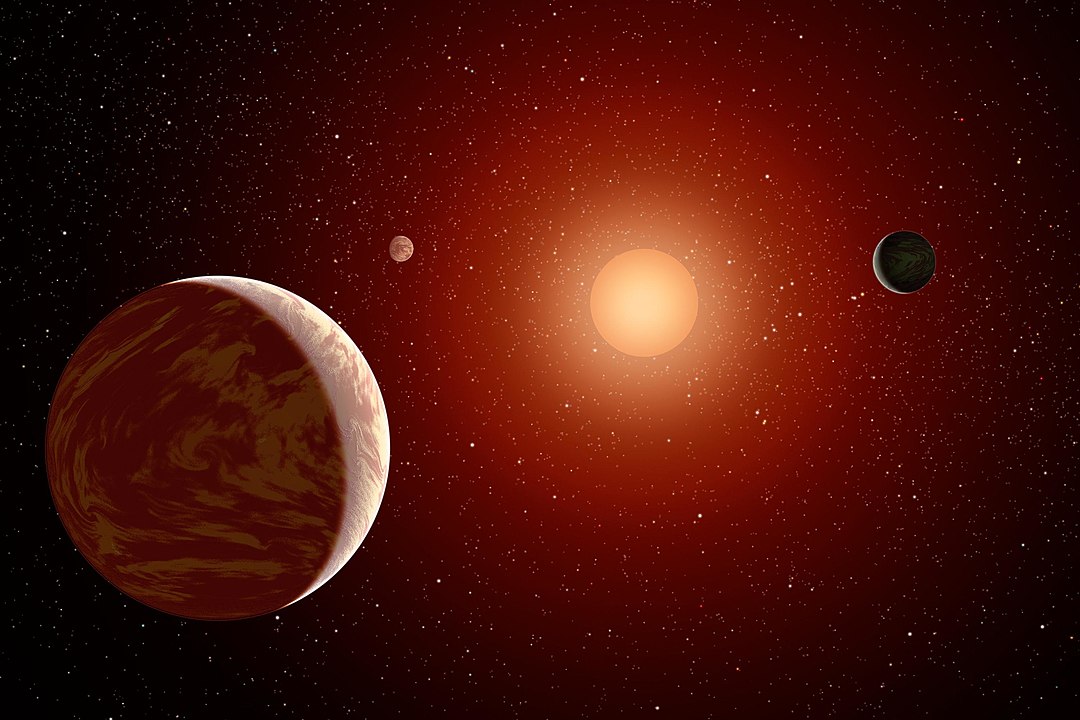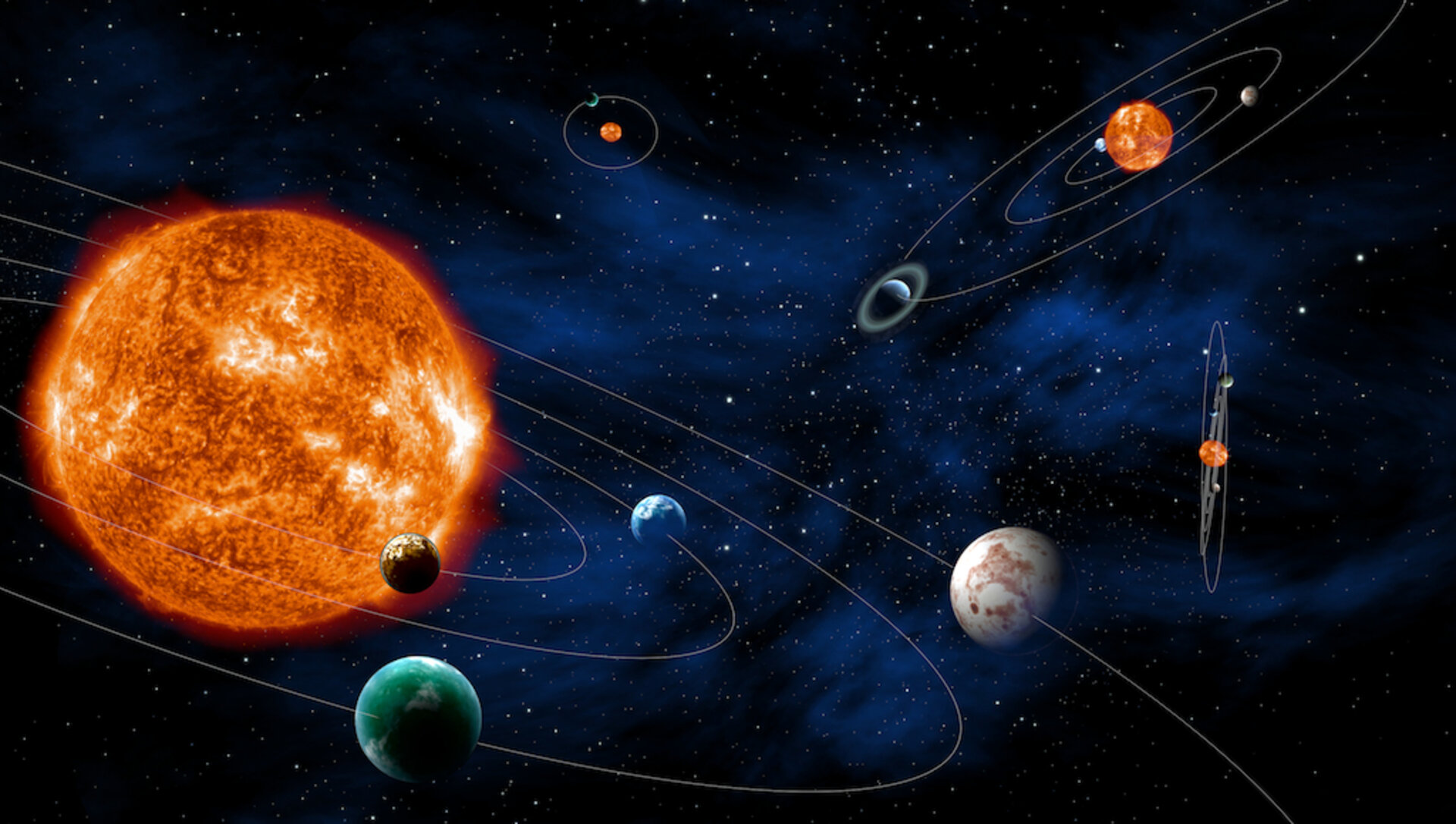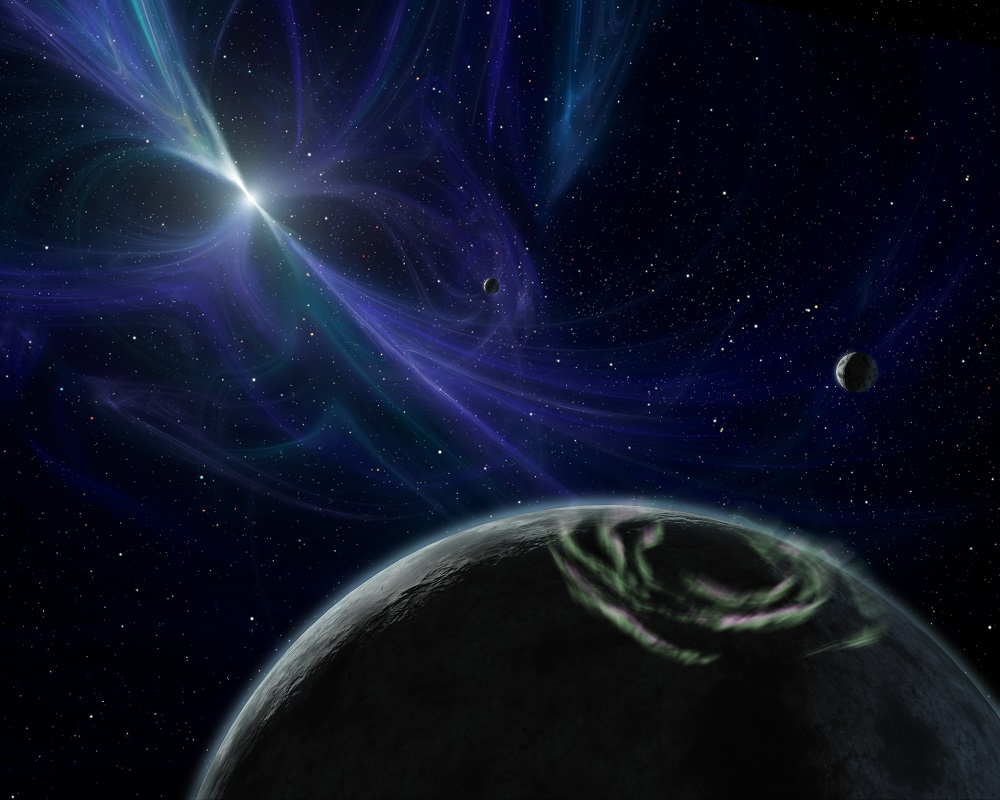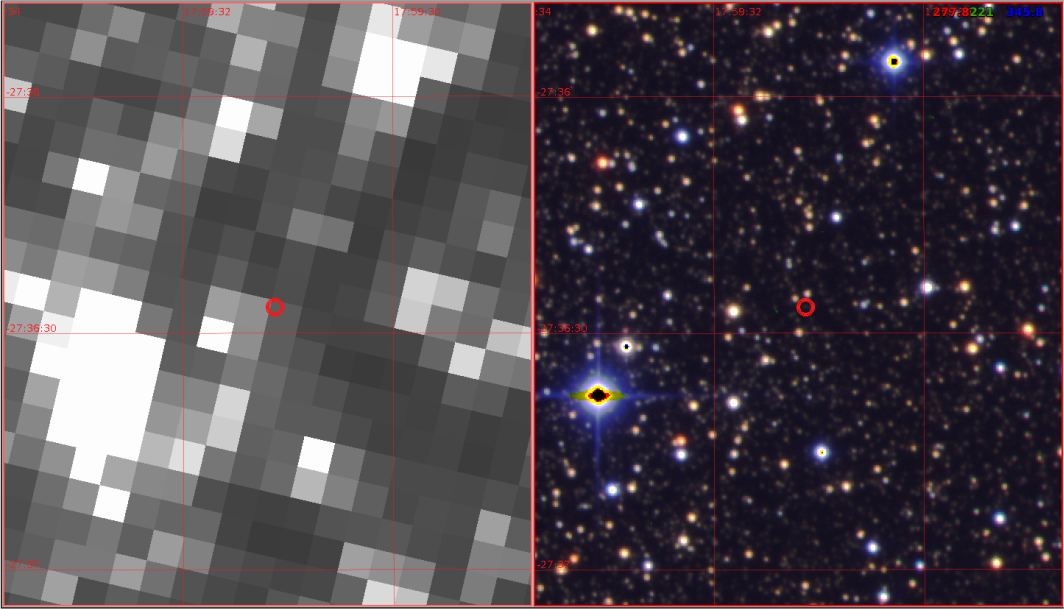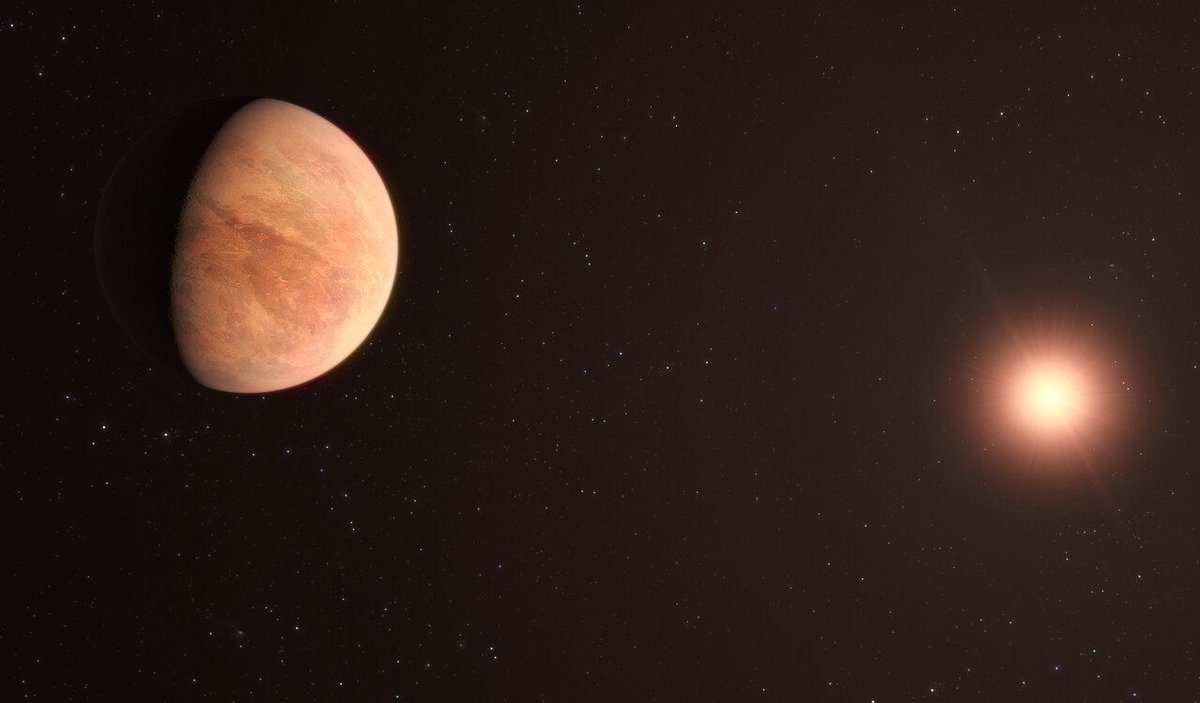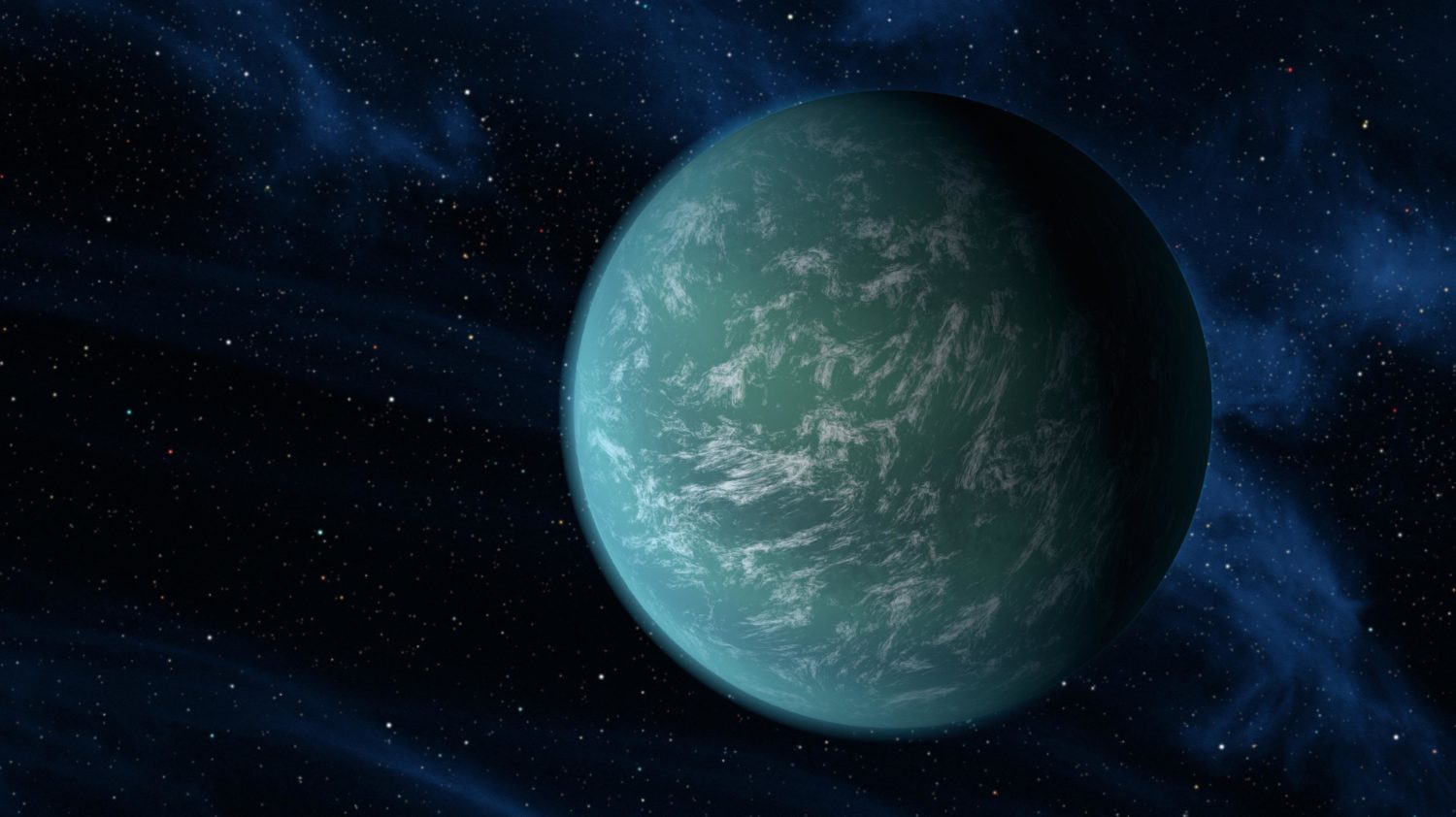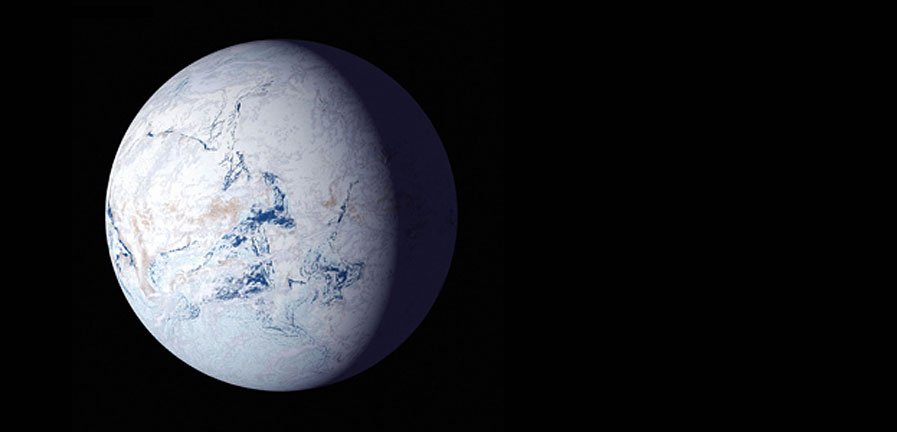Looking to the future, astronomers are excited to see how machine learning – aka. deep learning and artificial intelligence (AI) – will enhance surveys. One field that is already benefitting in the search for extrasolar planets, where researchers rely on machine-learning algorithms to distinguish between faint signals and background noise. As this field continues to transition from discovery to characterization, the role of machine intelligence is likely to become even more critical.
Take the Kepler Space Telescope, which accounted for 2879 confirmed discoveries (out of the 4,575 exoplanets discovered made to date) during its nearly ten years of service. After examining the data collected by Kepler using a new deep-learning neural network called ExoMiner, a research team at NASA’s Ames Research Center was able to detect 301 more planetary signals and add them to the growing census of exoplanets.
Continue reading “A Machine-Learning Algorithm Just Found 301 Additional Planets in Kepler Data”

